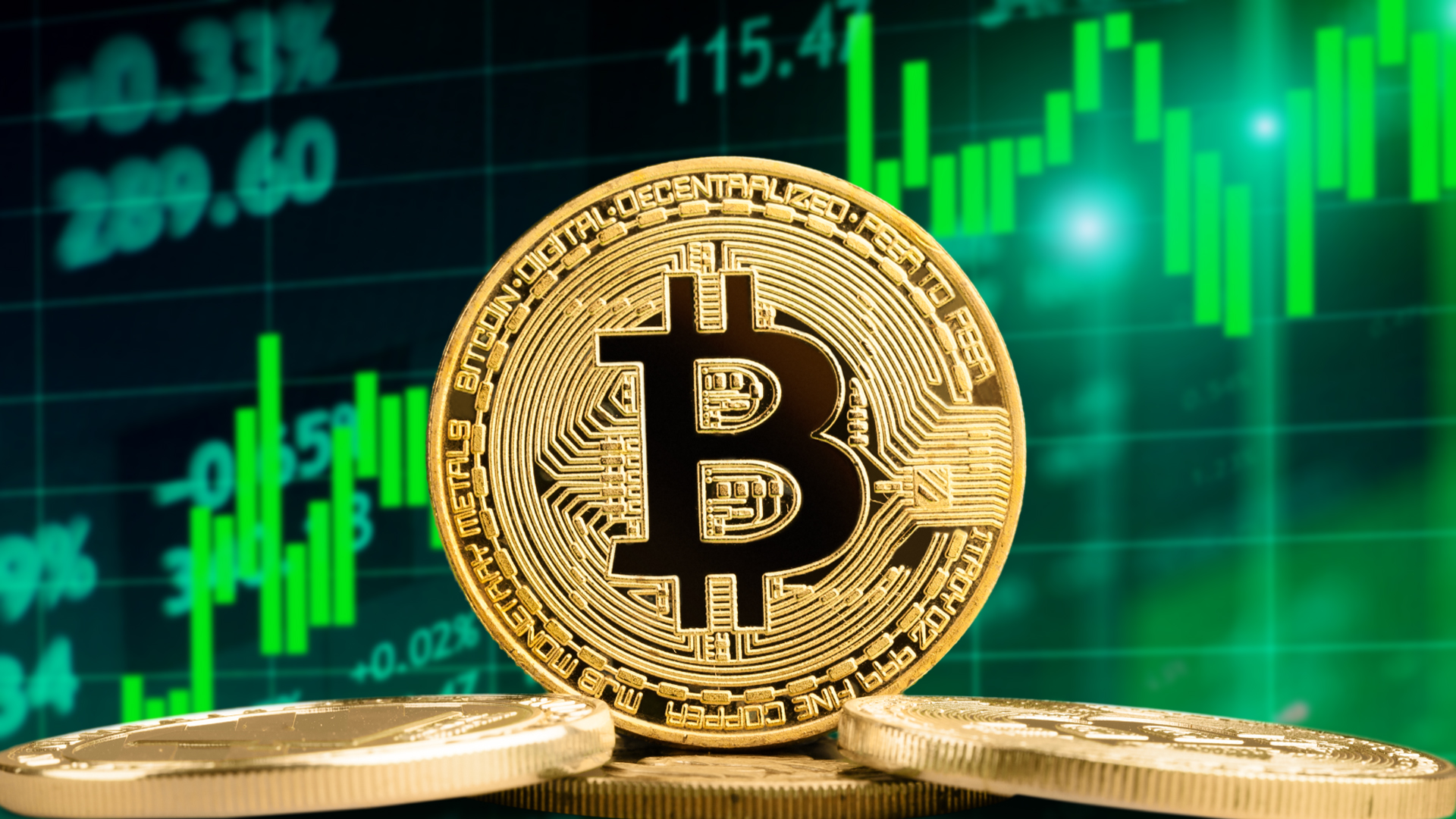- Bitcoin’s Price Rollercoaster is soaring highs and dramatic crashes.
- Price Influencers are unraveling the factors shaping Bitcoin’s cost.
- Understanding Bitcoin’s price dynamics is important for buyers.
Bitcoin, often known as digital gold, is an innovative cryptocurrency that has revolutionized the world of finance. It represents a decentralized, without borderlines, virtual currency built on innovative blockchain technology.
Since its beginning in 2009 using an anonymous commodity called Satoshi Nakamoto, Bitcoin has gained huge interest and emerged as an international phenomenon, fascinating traders, tech devotees, and monetary experts alike.
Its specific features, inclusive of scarcity, protection, and the potential to serve as a hedge in opposition to traditional monetary instability, have fueled its quick upward push and made it a topic of intense fascination and debate in the digital age.
Supply And Demand Dynamics
At its center, Bitcoin’s rate movement is ruled by the fundamental economic principle of delivery and demand:
- Scarcity
Bitcoin has a hard and fast delivery cap of 21 million cash, creating a shortage. This limited delivery can drive up demand as more investors are looking to collect a piece of this digital gold.
- Halving Events
Approximately every 4 years, the Bitcoin network undergoes a halving event. During those events, the reward for mining new Bitcoin blocks is reduced in half. This reduces the charge at which new Bitcoins are created, further emphasizing scarcity and probably driving up fees.
Market Sentiment
Market sentiment performs a sizable function in Bitcoin’s rate swings:
- Speculation
Bitcoin regularly draws speculative investors who buy while costs are growing in expectation of creating an income. These speculative bubbles can cause speedy fee waves but are also vulnerable to sharp corrections.
- FOMO and FUD
The Fear of Missing Out (FOMO) and Fear, Uncertainty and Doubt (FUD) can heavily affect buyers’ selections. Positive news or trends can cause FOMO shopping, while bad information or gossip can lead to panic selling.
- Media Coverage
Media retailers’ coverage of Bitcoin, mainly through bull runs or bear markets, can increase sentiment. Positive news stories can result in price hikes, just as bad headlines can contribute to price drops.
Adoption And Integration
Bitcoin’s price may be motivated by its adoption and integration into mainstream economic structures:
- Institutional Investment
As institutional buyers like border budgets and organizations increasingly allocate funds to Bitcoin, it could pressure them to call for and approve the cryptocurrency as a source of cost.
- Payment Acceptance
The wider attractiveness of Bitcoin as a means of charge, with the aid of agencies and traders, can enhance its utility and demand.
- Regulation
Government policies can affect Bitcoin’s price. Supportive regulations can encourage adoption, while severe restrictions or bans can cause rate declines.
Technological Developments
Bitcoin’s underlying generation and infrastructure additionally play a role:
- Scaling Solutions
The implementation of scaling solutions, just like the Lightning Network, can enhance Bitcoin’s utility and transaction rate, potentially making it more attractive to customers and traders.
- Security and Innovation
Security violations or big technological improvements can affect investor confidence and influence charge moves.
Global Economic Factors
Bitcoin’s price is not isolated from broader monetary factors:
- Inflation Hedge
Bitcoin is regularly considered a hedge against inflation. Economic instability or forex depreciation in nations can power up demand for Bitcoin.
- Macroeconomic Events
Major international activities, together with the COVID-19 pandemic, can influence Bitcoin’s fee as buyers seek alternatives to traditional property.
Market Liquidity And Whale Activity
Bitcoin’s noticeably low liquidity compared to traditional financial markets means that large trades using whales may have a massive effect:
- Whale Trades
Large transactions through essential holders or institutional players can result in sharp fee movements as they buy or sell in bulk.
- Market Manipulation
Whales can control markets and start price swings to their advantage.
Speculative Derivatives And Leverage
The availability of derivative products and buying and selling on margin can make Bitcoin’s charge fluctuations:
- Futures and Options
Bitcoin futures and alternative contracts can result in excessive fee moves as traders speculate on future charges.
- Leverage
High power in trading can deepen price swings. Liquidations of powered positions can result in rapid rate crashes. External Events and Black Swan Events Unexpected external activities could have a surprising and deep effect on Bitcoin’s charge.
- Black Swan Events
Events like regulatory crackdowns, safety violations, or surprising global problems can begin severe and unpredictable price crashes.
Conclusion
Bitcoin’s price is due to a complex exchange of factors, from delivery and demand dynamics to market views and worldwide financial conditions. While those elements offer insights into fee movements, expecting Bitcoin’s future price in reality remains challenging.
Investors ought to approach the cryptocurrency market cautiously, conduct thorough studies, and adopt threat control techniques to guide the ever-changing landscape of Bitcoin’s fee changes. Ultimately, the journey of Bitcoin’s charge is a rollercoaster ride driven by an untold number of forces, making it a charming and unpredictable support within the world of finance.
